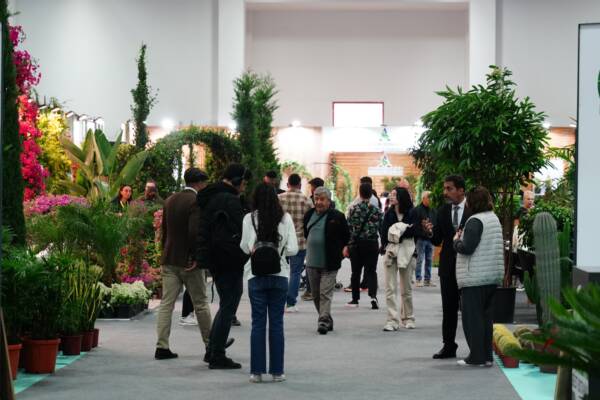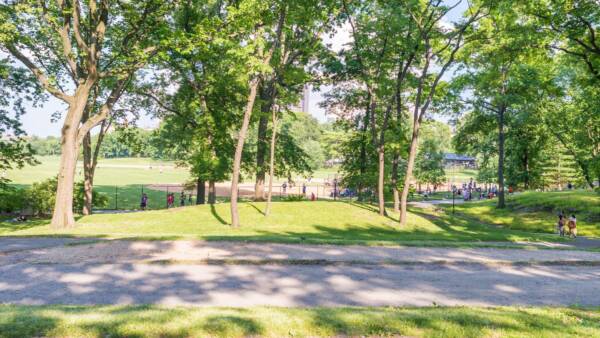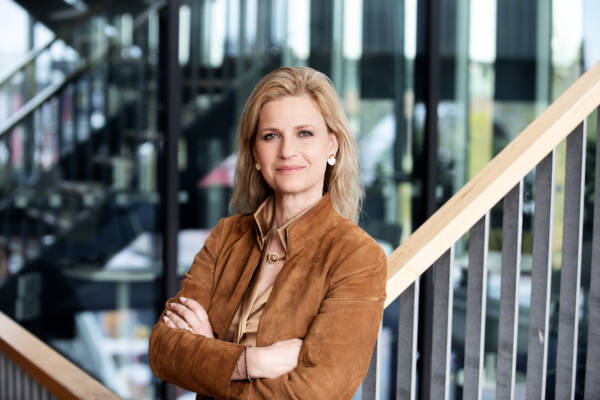Expo 2021 Hatay’s theme is Garden of Civilisations which has given Türkiye’s metropolitan municipalities a chance to show the world their region’s history, tastes and colours of nature.
Expo 2021 Hatay is an important global showcase for Türkiye’s ornamental horticulture. Many thousands of bedding plants, trees and shrubs in the Expo borders come from local nurseries. In the gardens, there are displays of native medicinal and aromatic plants.
There are also horticultural greenhouses where local and national producers will be able to show products. Throughout the event, live commercial contact days occur with botanic and horticulture producers creating new market opportunities.
Prof. Dr Lütfü Savaş, Mayor of Hatay Metropolitan Municipality, talks about the importance of hosting this International Horticultural Expo. “The conflict between Russia and Ukraine has dimmed people’s prospects for the future at a time when the world has been fighting the virus for two years and is economically bleak. We believe our Expo will demonstrate the importance of embracing peace, calm, living in harmony with the land, and respecting history and culture. This will be more than simply a horticulture Expo; it will be a Expo about health, peace, and optimism for the future in this difficult time… For Hatay, Türkiye, and the rest of the globe.”
İhsan Çakar, Expo 2021 Hatay Secretary General adds, “I would like to thank the people of Hatay, who believed in this Expo, stood behind us and set up their dream with us. Their faith has enabled us to get through these difficult times. Postponing it, wore us out morally, but it was necessary. Now, we are able to experience pride here.”
The AIPH approved B Category International Horticultural Expo has attracted international participation with creative pavilions. In this issue, we take a look at the national gardens showing plants from their regions and sharing their culture with the world.
ISTANBUL METROPOLITAN MUNICIPALITY
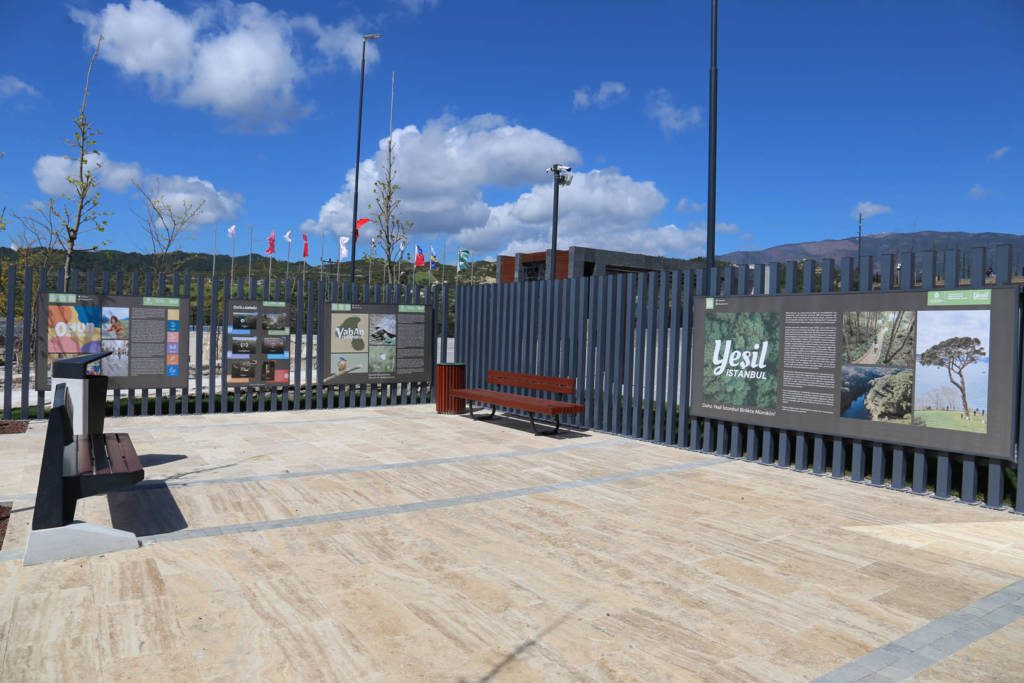



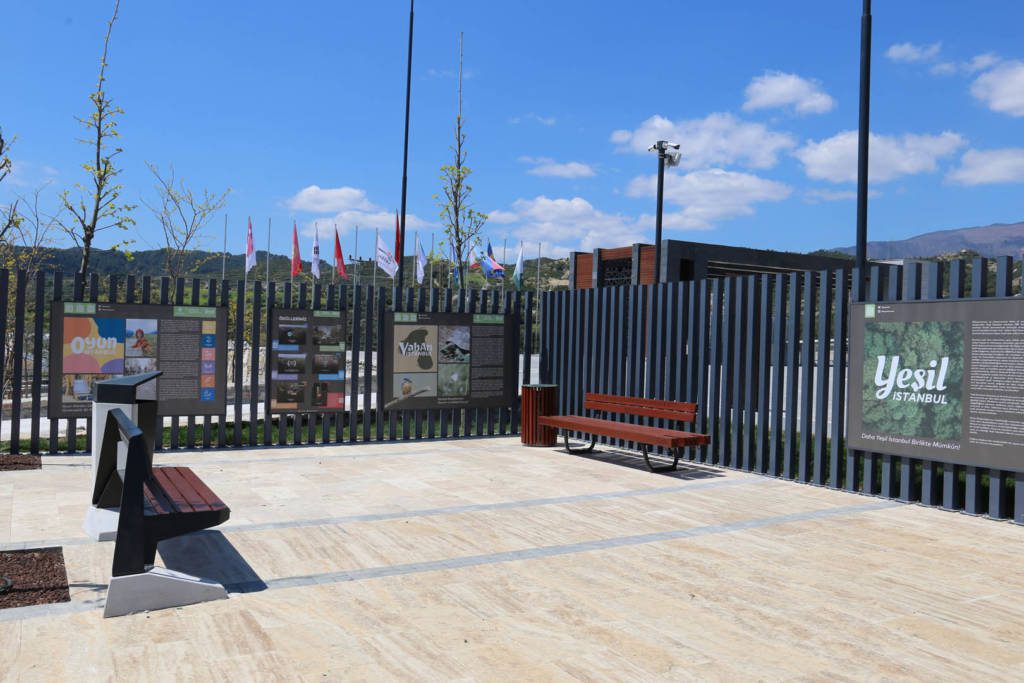

Istanbul is the largest city in Türkiye and ranks the world’s fifth-largest city. Istanbul is best known for being Türkiye’s cultural, economic, and historic centre.
Istanbul’s representation in the Expo’s Antakya site divides into three themes on nature: green, fun and creative.
There are three different immersive, topographical concepts for visitors: green Istanbul, wild Istanbul, and game Istanbul.
Green Istanbul looks at nature in urban green areas. Upon entry, there is a mirrored installation, posing the slogan “Istanbul is yours” as Antakya visitors look back at their reflections. The message aims to give the viewer time to reflect on sustainable perspectives.
Next, the visitor can follow a yellow pipe towards the ‘game Istanbul’, a playful symbol with the slogan “from a city with playgrounds to a playable city”. Here nature embraces a playground area with creative structures to climb upon made from natural materials.
Finally, Istanbul’s wildlife and biodiversity are present in the form of aromatic plants and endemic species. These seasonal flowers are produced by a seedling support scheme that employs the villagers of Istanbul.
GAZIANTEP METROPOLITIAN MUNICIPALITY
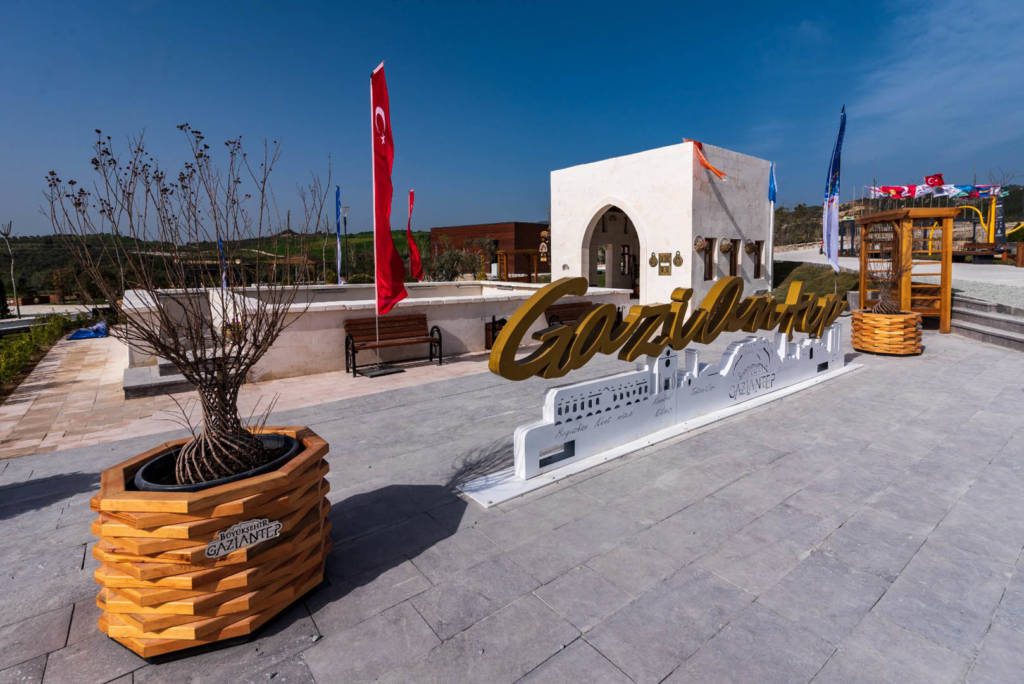

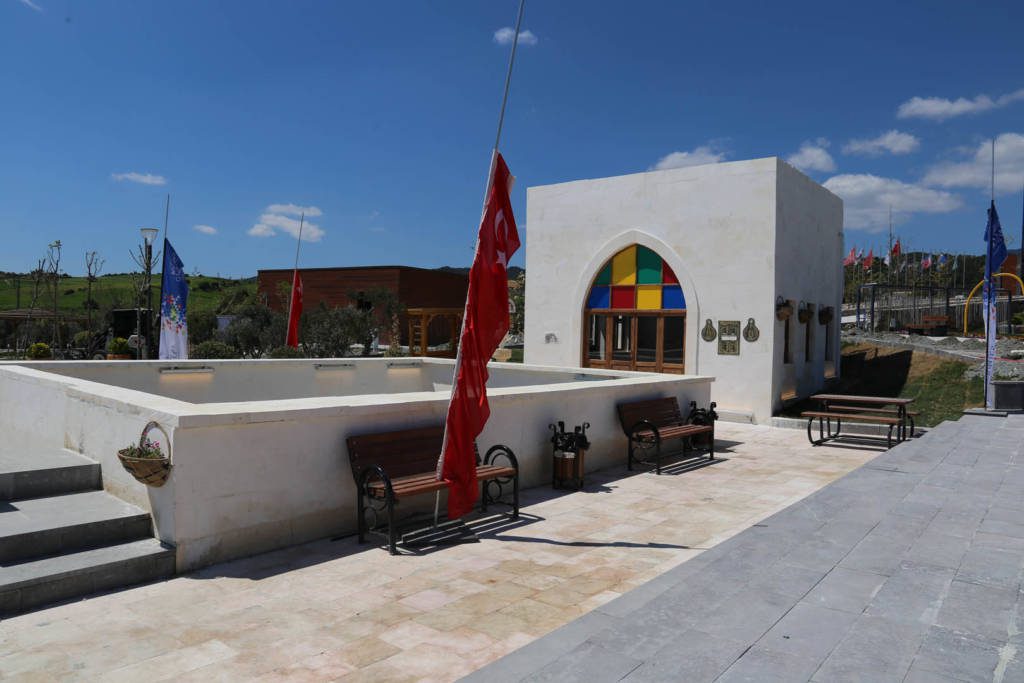



Gaziantep is in the westernmost part of Türkiye’s Southeastern Anatolia Region and partially in the Mediterranean Region. The area is home to many significant archaeological remains depicting many civilisations through the ages, and UNESCO World Heritage Centre protects many stunning 2,200-year-old mosaics in the area.
The ancient cities of Zeugma and Karkamış were in this area, which attracted a highly varied character of ethnicities who settled or passed through and used this place as a central crossing point on the river Euphrates. Surrounding this old civilisation site, carved deep into the limestone rock underground, is an incredible cobweb of underground water systems that extends for miles. The Liva were well-calculated, gentle sloping underground tunnels that distributed water to public watering holes known as Kastel.
The green areas around these water systems are celebrated and replicated in the Gaziantep Garden at the Expo.
Framing the waterhole is stonework relating to another ancient site, Yesemek, a stone quarry with the most significant statue processing worksite during the Hittite rule 1344–1322 BC.
AYDIN METROPOLITAN MUNICIPALITY


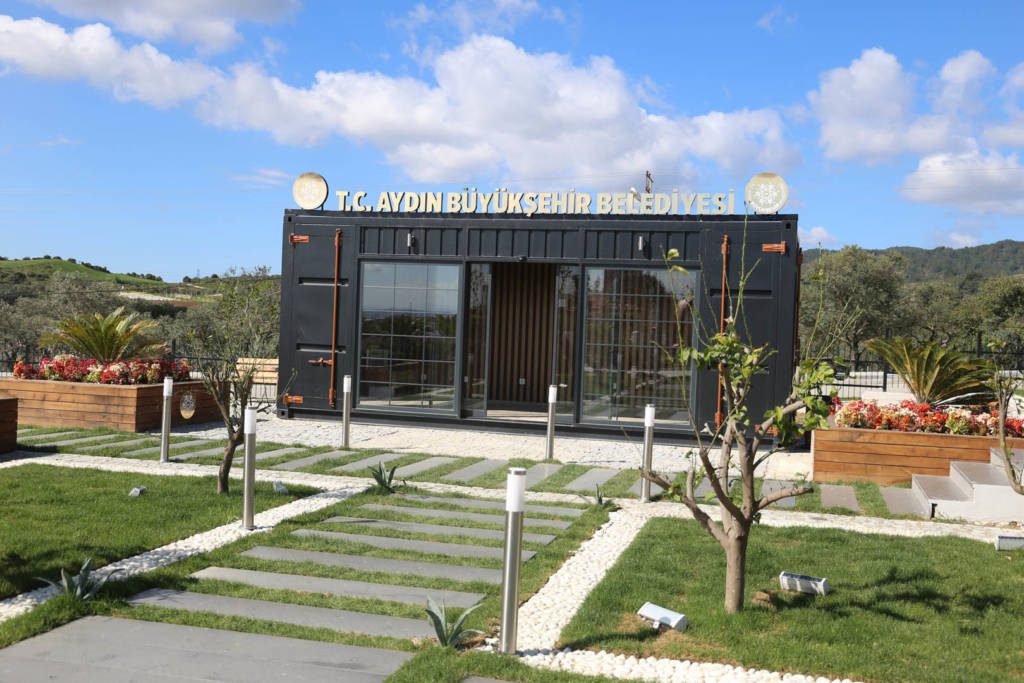



Herodotus characterised Aydin as “The Most Beautiful Earth Under the Sky.” In modern times it is a city that continues to attract tourists. The area is also known for its agriculture-based food industries and livestock farming.
In the rows of bedding in the Aydin City Garden at the Expo are medicinal, aromatic plants and products such as sarilop figs, olives, chestnuts, memecik olive and lemon trees.
The Aydin Metropolitan Municipality has paved the way for the long-term preservation and transfer of native Ancestral Seeds. Vegetable seedlings grown from Ancestral Seeds in the garden, including pumpkins – which, when ripe, will be notable for their scent and aroma and be turned into a popular Aegean dessert of candied pumpkin morsels.
ANKARA METROPOLITAN MUNICIPALITY
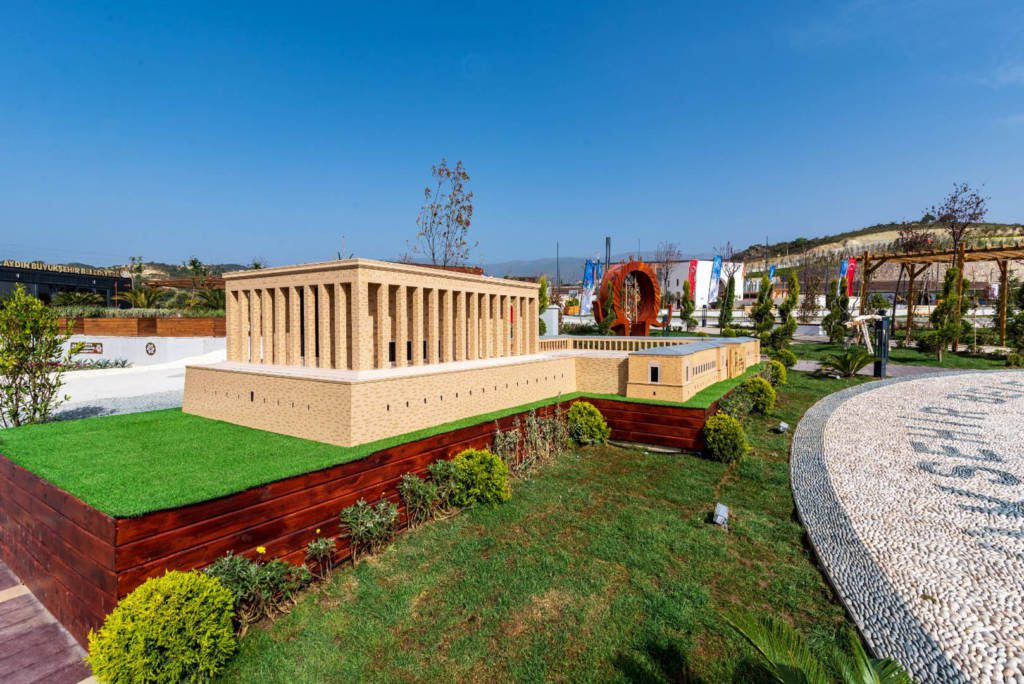



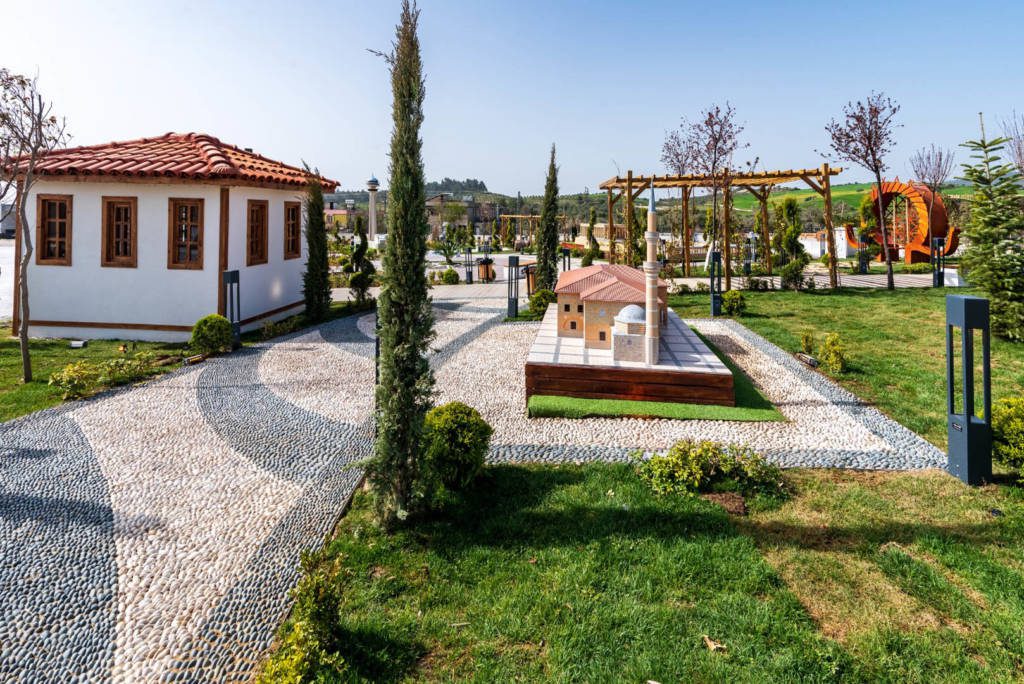

Love flowers are endemic plant species that grow only in the Golbasi district of Ankara. They are determined to be endangered by the World Union of Nature and Natural Resources Conservation. The Ankara garden raises awareness of these plants and more at the Expo.
The project aims to also give visitors a taste of the city’s ambience by creating miniatures of its most notable landmarks and flora ideal for the Ankara environment. Replicas of Anıtkabir (the mausoleum of Mustafa Kemal Atatürk), Atakule (communications and observation tower), and Hac Bayram Veli Mosque (one of the city’s icons since the Ottomans) are visible at various points along the promenade.
The Hittite Sun, a symbol commonly used about 4,250 years ago in religious ceremonies and symbolic of Ankara, is modelled in the middle of the site as a massive structure for visitors to rest upon and contemplate the planting or for children to play.
ADANA METROPOLITAN MUNICIPALITY
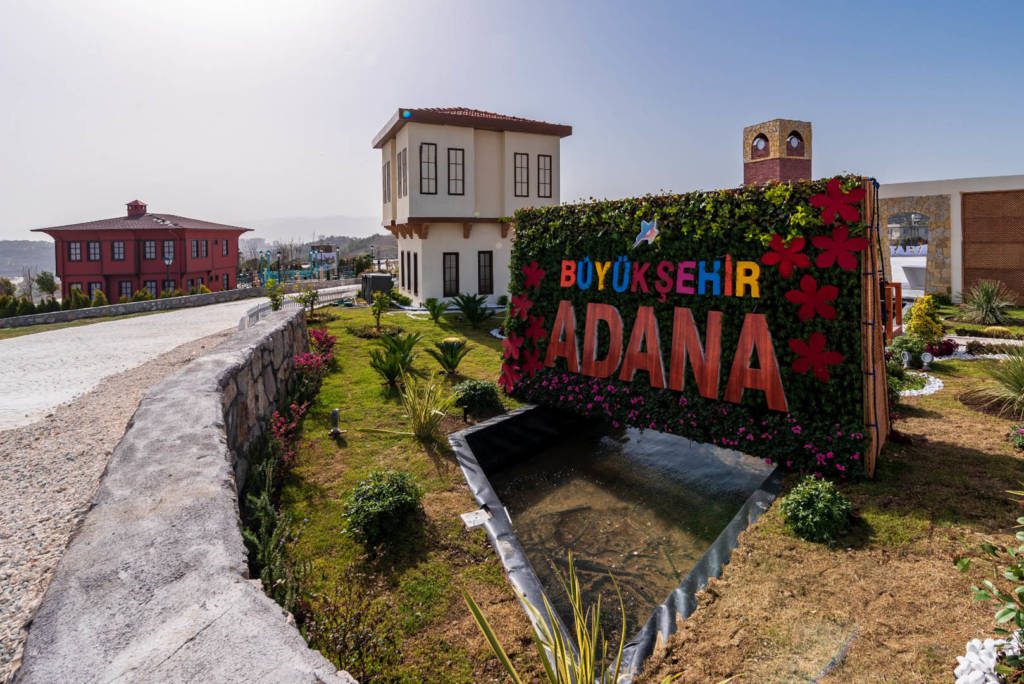

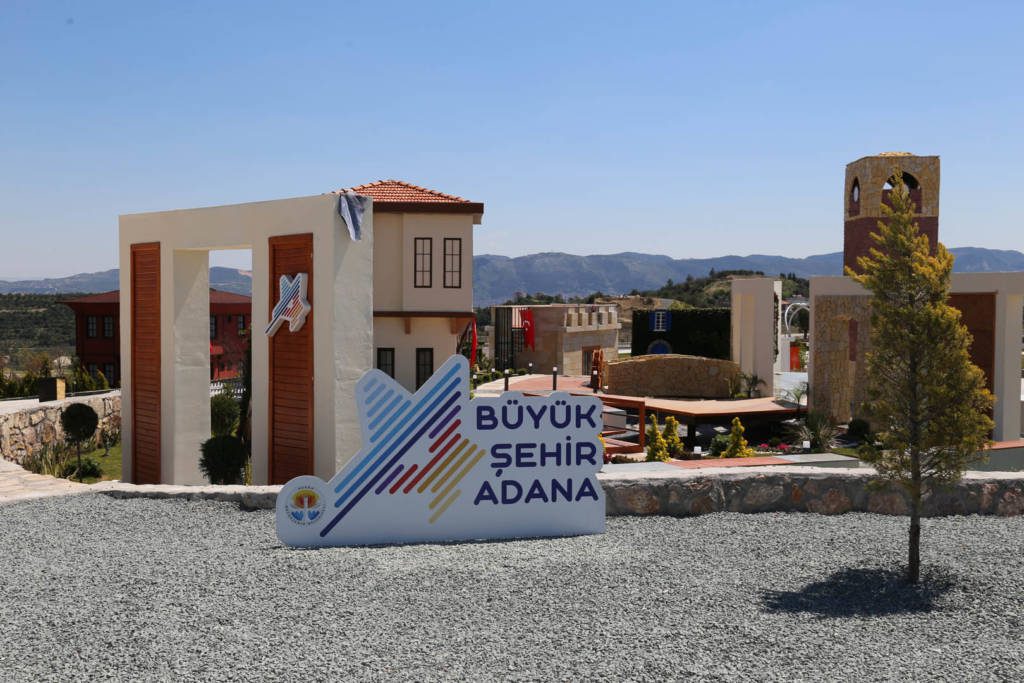



Adana city garden showcases the geography of this southern Türkiye district and its historical buildings.
The Taurus Mountains dominate the landscape, a mountain complex separating the Mediterranean coastal region from the central Anatolian Plateau. Also, in a scaled-down version is the recently discovered Aşağı Dünya Sinkhole. These are in the vertical garden in the north of the area.
The water flowing from this vertical garden forms a pond. This pond represents the Seyhan River and the Mediterranean Sea.
In the old town of Adana, Tepebağ houses overlook the Seyhan River; a copy of this historical neighbourhood is in the Expo garden. So too are ruin columns representing the medieval castle of Anavarza. This acropolis switched hands several times (Roman Empire, Byzantine Empire, Abbasid Caliphate, Crusaders, Armenian Kingdom of Cilicia and Mamluks of Egypt).
The Büyüksaat (Great Clock Tower) is a potent symbol of engineering from the 1800s; a smaller version sits at the Expo garden entrance.
The works of botanist and author of De materia medica, Pedanius Dioscorides, are recognised in the planting in the Mediterranean area of the garden. His five-volume encyclopedia about herbal medicine was on the best-seller list for more than 1,500 years.
MUĞLA METROPOLITAN MUNICIPALITY


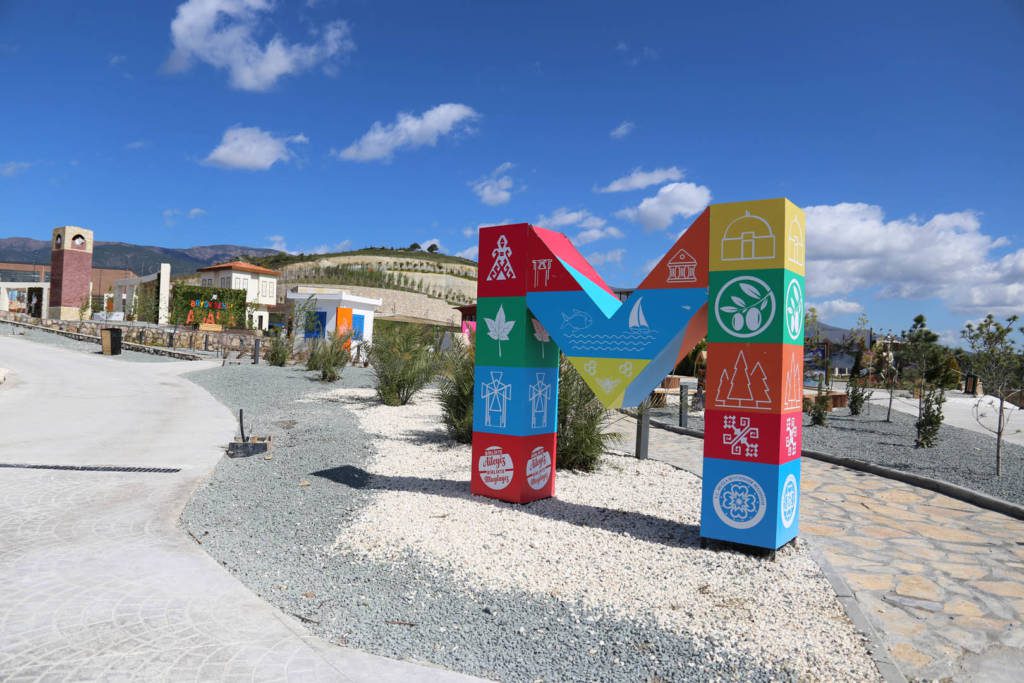

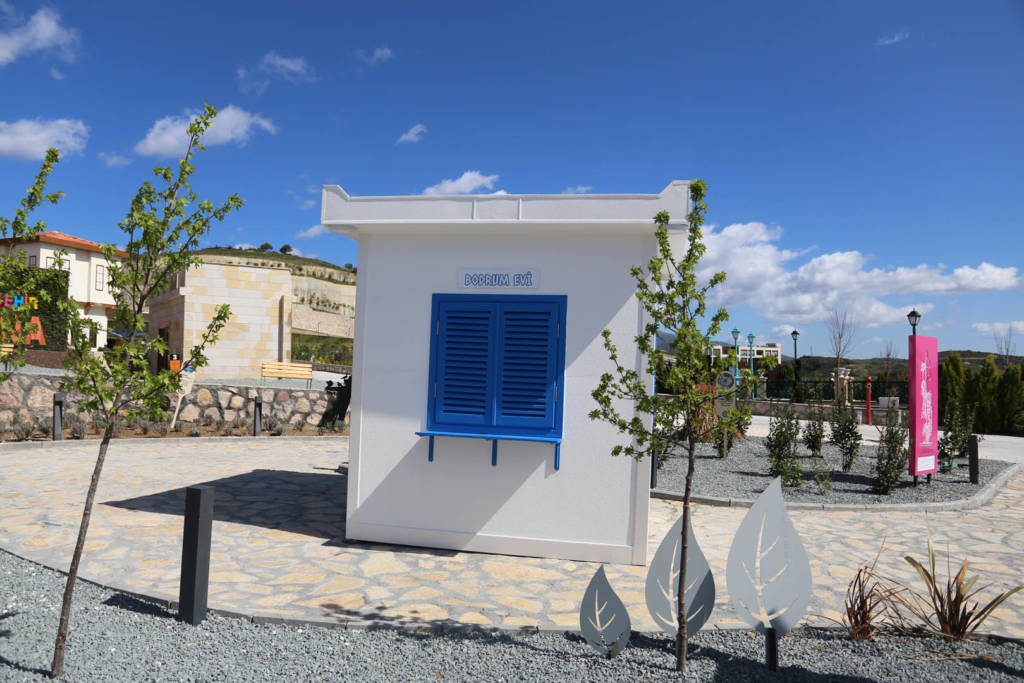

Muğla Garden is a botanically designed garden that reflects the Muğla province’s herbal diversity, boasting rich biodiversity of endemic plants, forest plants, medicinal plants, and ornamental plants.
Ancient regions are on display, showing activities from the beekeeping with log hives in Theangela, wine production in Cadianda, and the Turkish port city of Knidos, with a miniature version of the Bodrum homes overlooking the Aegean Sea. In the garden are chunks of Muğla white marble known for its smooth alabaster tones without veins found in quarries around the city.
Endemic flora such as the Datça Date palm and Anatolian Sweetgum grow in the Expo garden – both hold important positions in Türkiye’s biodiversity.
ESKIŞEHIR METROPOLITAN MUNICIPALITY
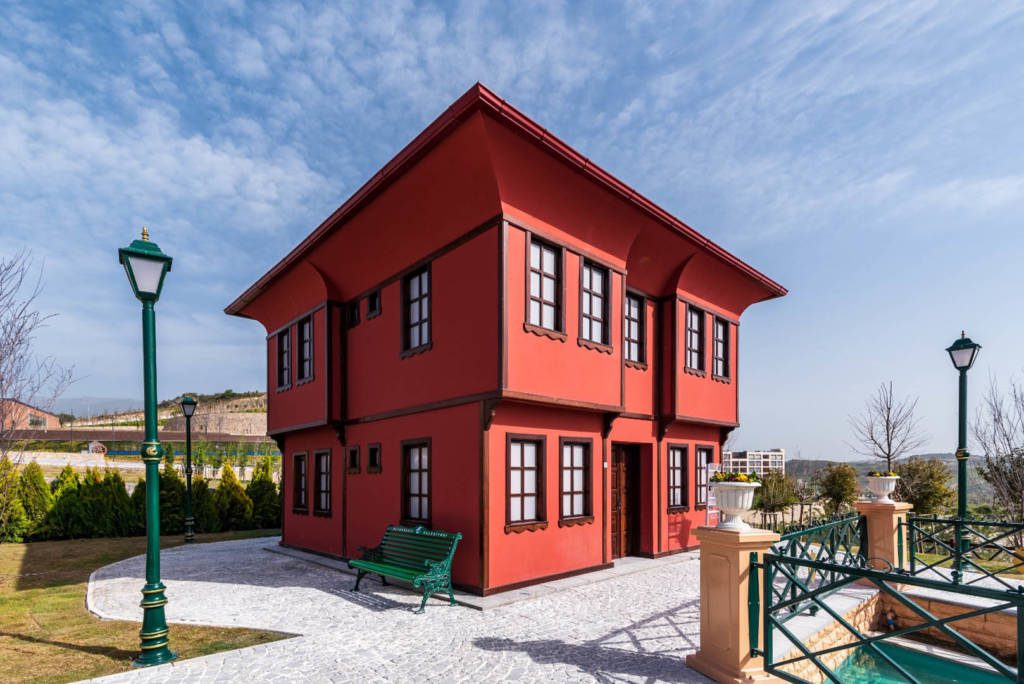

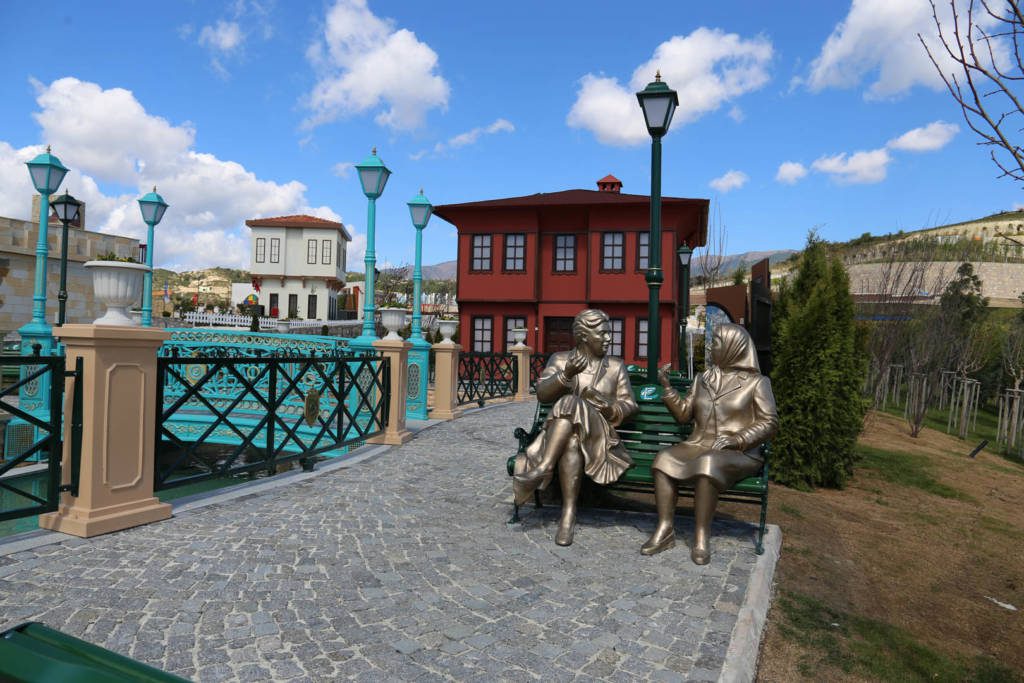

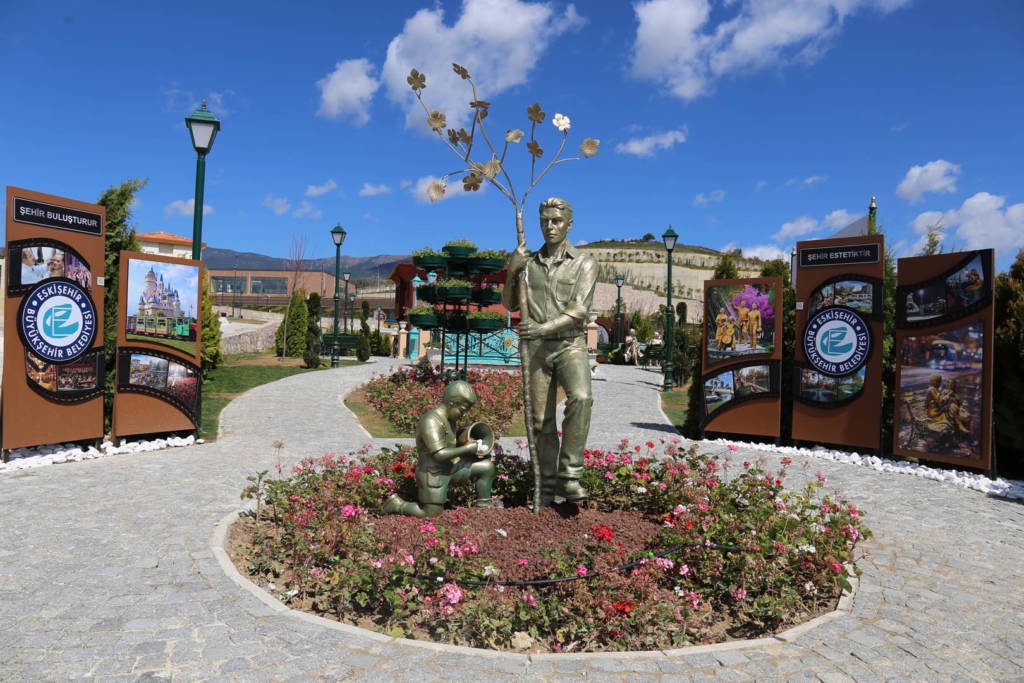

The Eskişehir garden reflects the area’s art, aesthetics and intellectual history under the leadership of Mr Büyükerşen, the president of Eskişehir. Known for its two universities, Eskişehir Osmangazi University ESOGU and Anadolu Üniversitesi. The northwestern province is also a film location for many international and Turkish productions.
The area is also known for the rehabilitation of the Porsuk River that flows through the city — turning it from a dangerously, highly polluted stretch of water to a safe and thriving green corridor under the president’s implementation of the Eskişehir Urban Development Project in 1999.
At the EXPO, a replica of the pedestrian bridge over the Porsuk River pedestrian bridge, a brightly coloured Odunpazarı townhouse and famous street art, including a tree-planting man and two women gossiping on a bench.
ANTALYA METROPOLITIAN MUNICIPALITY
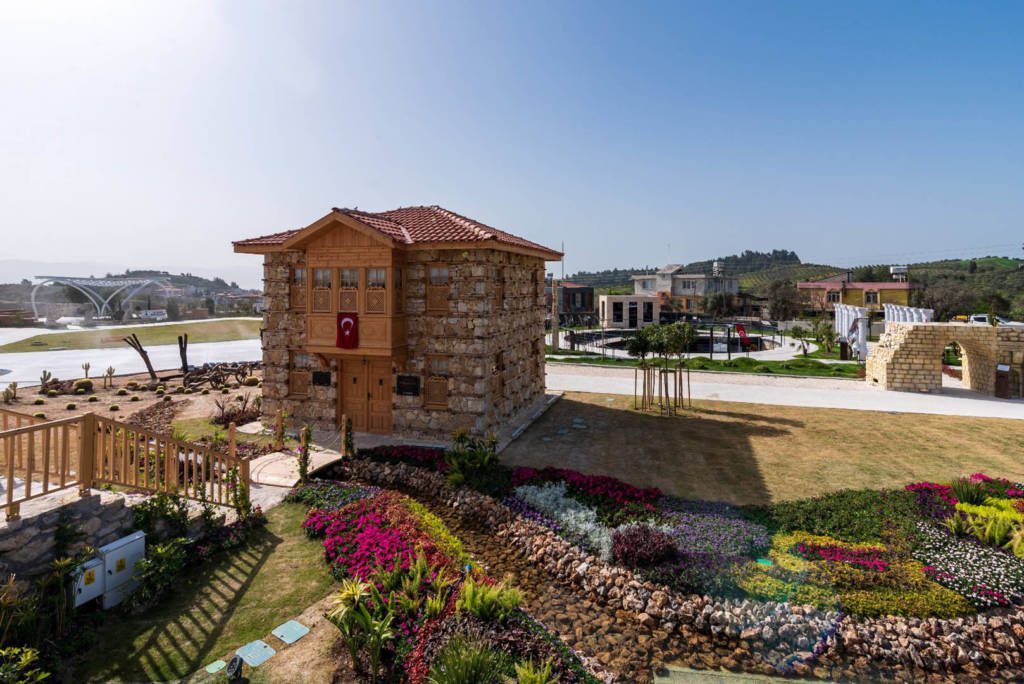

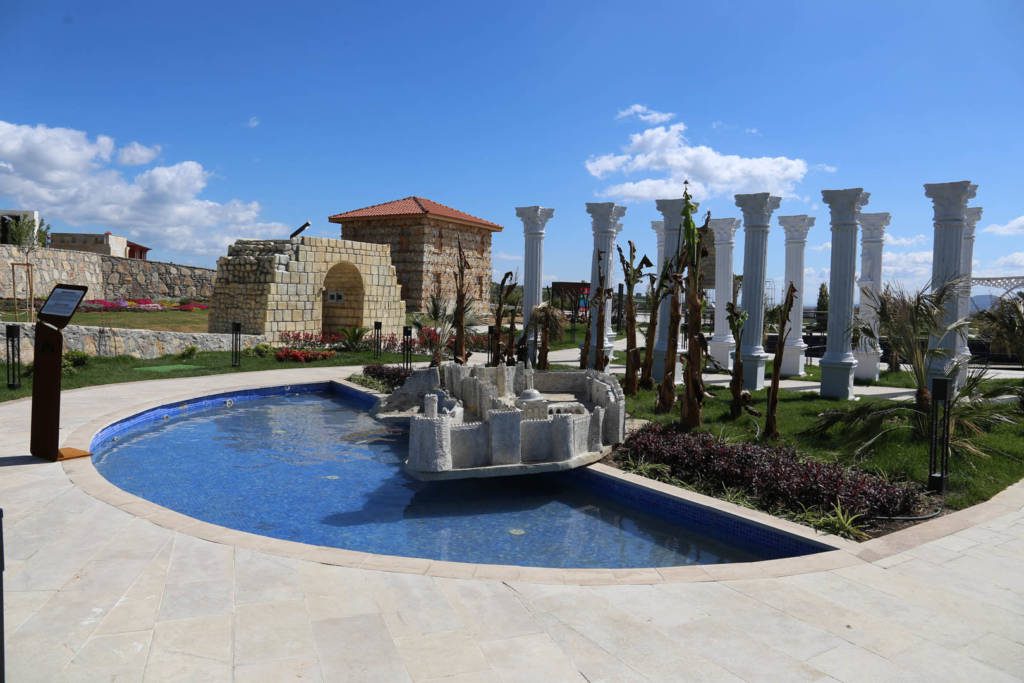

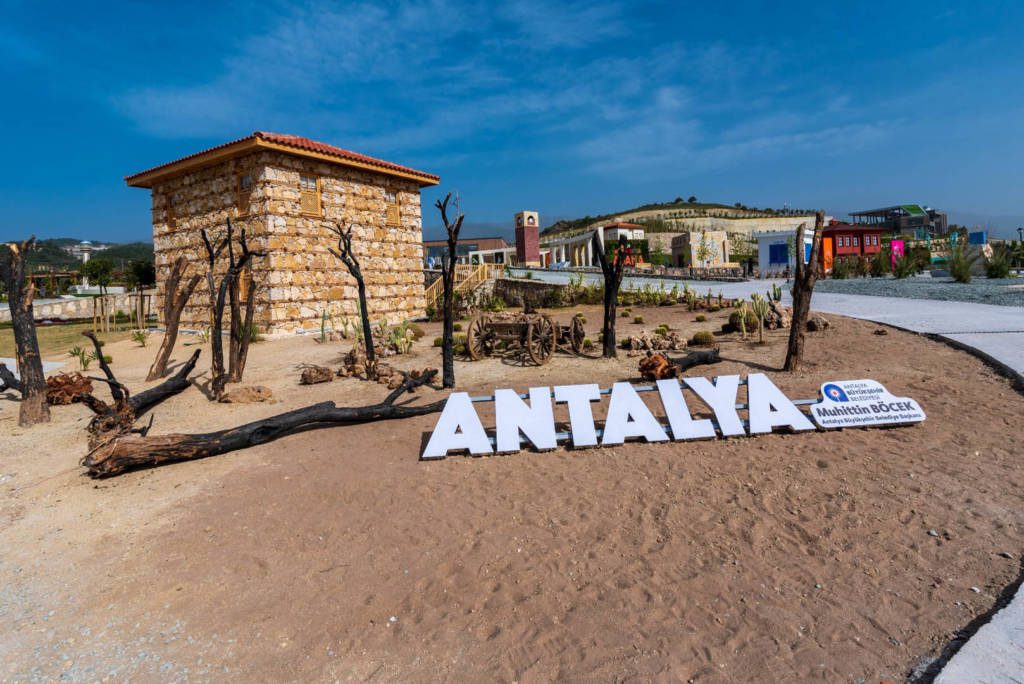

The Antalya Garden constructed for Expo 2021 Hatay stresses the threat of global warming and climate change, the depletion of natural resources, and the forest fires that are becoming an annual occurrence in Türkiye.
For the tourist popular southwestern district of Antalya Manavgat, climate change is hastening nature’s metamorphosis from green to desert yellows, with thundering streams drying up and summer fires.
In the Brad and Akseki districts, a symbol of resilience is “Button Houses”. These homes, believed to be 300 to 400 years old, have survived fires and earthquakes. So-called because the wooden parts of the scaffold used during the construction look like “buttons.”
A replica stands in the Expo garden, and so too does a representation of the threat of desertification. In the first part of the landscape area, a rushing stream is full of water. However, the water completely depletes in the last part of the creek bed. In the green space where water is plentiful, many plants and trees show the importance of green. As the water decreases, the amount of plants decreases too, and at the last point where the water runs out, cactus and succulent plants grow, just like in nature. In the final display, the fire and its effect, which is the last point of global warming, is shown with desert sands and the charred remnants of trees.
The garden’s designers say, “Last year’s massive forest fire in Antalya’s Manavgat district demonstrated that the repercussions of global warming have already begun. Desertification will be inevitable due to increased drought, flood, erosion and forest fires due to climate change. We keep saying, “Water is Life, Water is Life, Water is Life”.”
MERSIN METROPOLITAN MUNICIPALITY


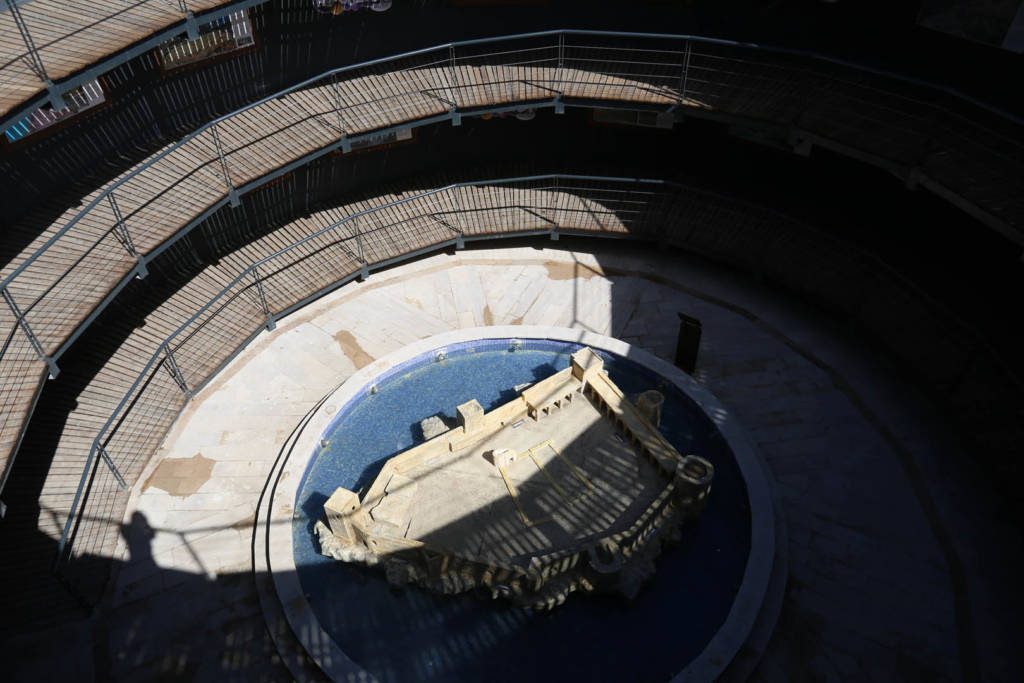

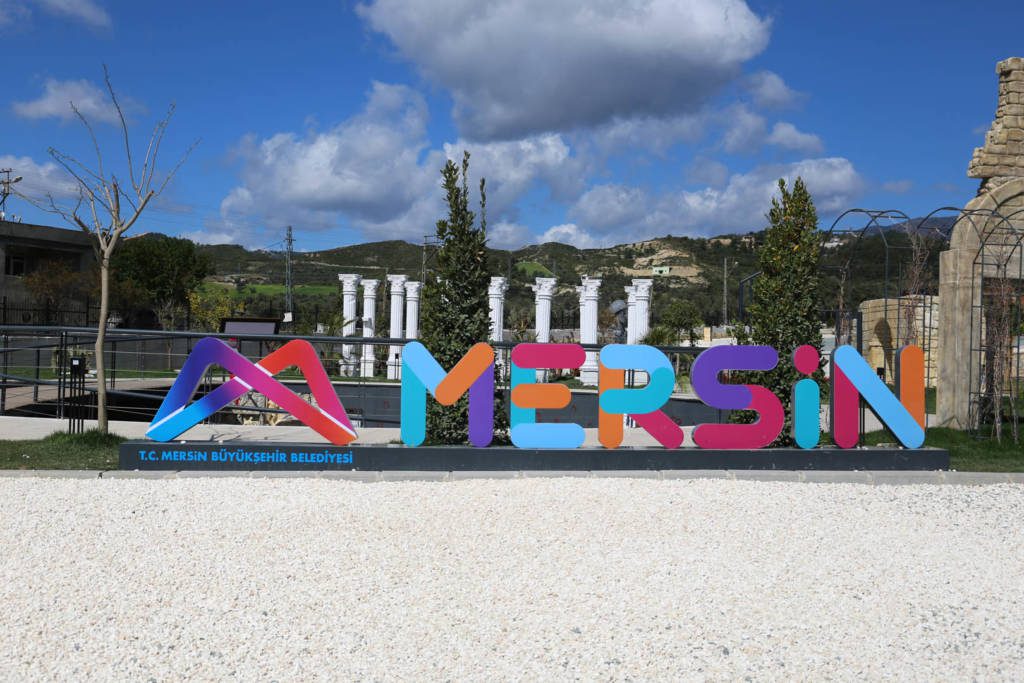

There are many ruins of ancient cities left by ancient civilisations in the north, south, east and west of the Mersin province. Historical tourists flock to view the antiquity cities Aphrodisias, Uzuncaburç, Kelendris, Anemirium, Diocaesarea-Olba or the remaining 5,000-year-old columns of Mezitli Pompeipolis. There are artefacts left by the Romans, such as the historical city of Tarsus, its still-standing Cleopatra Gate, the straight, cobbled roads, the still-working Saint Paul’s Well, and the Roman Elaiussa Sebaste ancient city.
Relics important to different religions reside in Mersin, such as Eshab-ı Kehf Cave, The Mausoleum of Danyal, Ayatekla Church, Alahan Monastery, Zeyne Tomb and archaeological burial mounds at the Yumuktepe and Gözüle. There are also many Medieval fortress castles, such as Namrun Castle, Silifke Castle, Mut Castle, Softa Castle and Mamure Castle. Human endeavour is on show in rock carved at Adamkayalar into 17 Roman-era reliefs or painted on the rock by palaeolithic artists more than 8,000 years ago. There are the colourful nomadic Yörüks people or the settled agricultural Gazi Forest farmers. Let’s not forget the natural phenomena: Tarsus Waterfall, Lamos Canyon, Göksu Delta, Astim Cave, Dana Island, Yer Köprü Waterfall, Aynalıgöl Cave, Heaven-Hell Pothole, Cennet-Hell Pothole, Taurus Mountains and kanlıdivane an ancient city surrounding a natural sinkhole.
The Mersin Garden contains many historical features, and plants have grown into the design. After all, Mersin gets its name from the aromatic plant genus Myrsine in the family Primulaceae, a myrtle that grows in abundance in the area. Other plants include citrus trees such as lemon and orange, olives, prickly figs, bananas, and for festivities, Bridal Veil (Bougainvillea) and Mediterranean Laurel.
IZMIR METROPOLITAN MUNICIPALITY


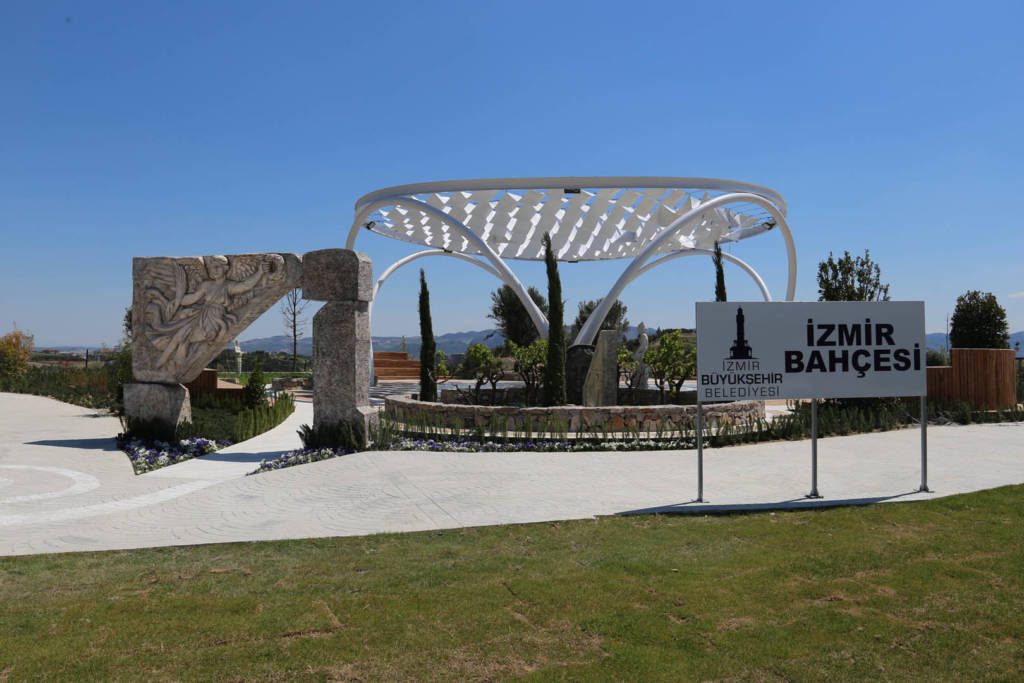

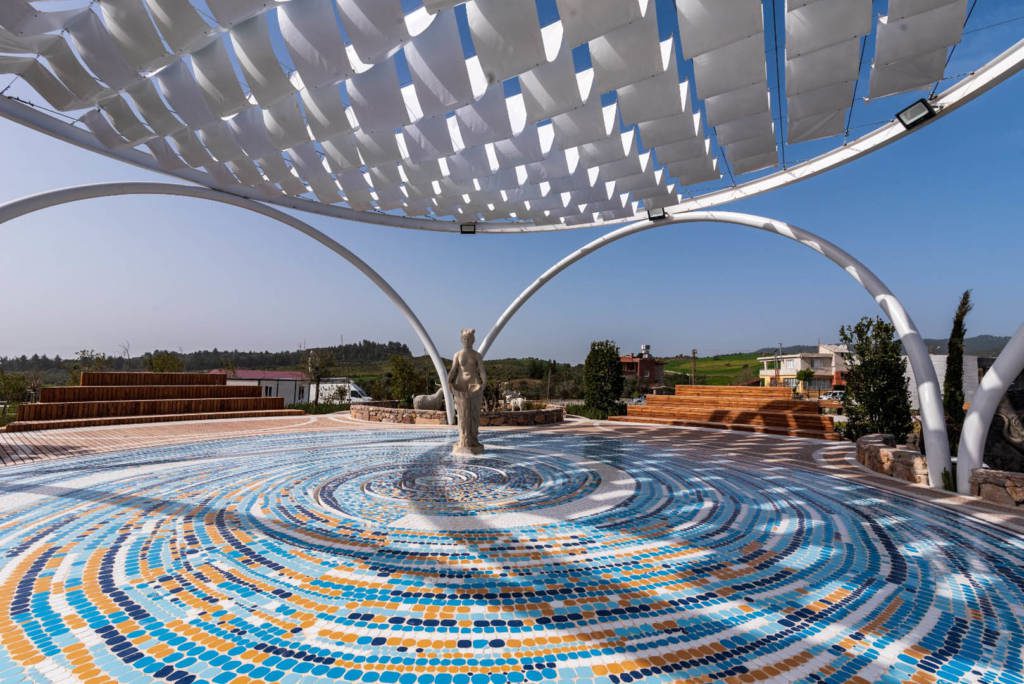

A spiral pattern welcomes the visitors at the entrance of the Izmir Garden, and the relief of Nike, the god of victory, a symbol of speed and flying, invites you through the door.
Visitors following this spiral will pass through the gardens that emphasise the natural and cultural landscape of İzmir and reflect the city’s vision of nature conservation, agricultural production and recreation. Then, visitors gather in İzmir Square, which is a guarantee of living together.
Anatolian motifs inspire the forms that make up the site plan of the Izmir Garden. The spiral-shaped İzmir road, which guides the visitors, offers sections from the city’s historical, cultural and natural riches in the human adventure from ancient times to the present. The spiral-shaped İzmir road, which guides the visitors, offers sections from the city’s historical, cultural and natural riches in the human adventure from ancient times to the present. And now you are in one of the squares of Izmir, the guarantee of democracy. A free square where you will experience the coexistence of differences under one roof.















